INTERMEDIATE: Indigenous Land-Based Learning
Curated by Dominika Dembinski
Land-based learning engages one’s body, emotions, spirit, and mind and promotes genuine respect and empathy towards our planet, its plants, and animals.

By teaching through land-based learning, we can discover the importance of sustainability for the environment.
Being in nature will allow us to explore and create our own personal connections with the environment. These relationships will facilitate us to develop consciousness of sustainability practices through relational awareness. Indigenizing our classrooms is a fundamental step towards enacting reconciliation and respect towards all inhabitants of Turtle Island.
Land Art
Paper Making
Create personalized handmade paper by reusing recycled materials and fibers found in nature.
Create visual poetry on this paper based on the nature you see around you.
Outdoor Exploration
Collecting Materials & Poetry Writing
Before beginning the activity, remind students to interact with their environment actively and respectfully as it is fundamental to the activity.
As much as accessibility allows, select several natural locations (ex. a field, under an old oak tree, by boulders, etc.). Send a group of students to each location.
Students are encouraged to interact with the geography. Ask students to look around for different fibers for the handmade paper and inspiration for their visual poems.
Students are encouraged to add many individualized aspects to their paper: staining it with coffee or tea, adding dried flowers, herbs, or essential oil, or even adding seeds so that their paper can be planted!
After creating the paper as the paper takes an hour or so to dry, students can find a place to sit outside and begin working on their visual poetry.
At the end of the activity, thank and give tobacco to the land that has provided this experience.
Please find examples of visual poetry in the resource section.
Please find a full English/Visual Art lesson plan below.

Taking it to the next level… some research questions to explore.
Resources
Persistence of Songs and Of Course the Sky Does not Close by Daniel David Moses (Kingston-based First Nations author)
Paper Making Tutorial (video)
Examples of contemporary Indigenous poets
What Did You Learn?
After the activity, talk about the process:
What was difficult/easy for students?
How did the activity feel?
Did the process of creating poetry on your own paper feel more rewarding and personalized?
How did the specific items gathered from the land inform the narrative of your visual poetry?
How was the creation process of your paper and poem influenced by your interaction with geography?
Discuss how unique features of the land afforded thematic ideas, how it affected the student’s art. Ask students to relate their experience to how the land provides for the development of community during this activity as it has and does for local nations.
End the discussion by addressing that, unless we change our methods, our grandchildren won’t have the same opportunity that we do to derive joy and expression in collaboration with the land: that we are not providing for seven generations after us with our current habits and societal model.
Discuss the importance and reward of being able to possess the skills to reuse materials we already own or what may otherwise go to waste to create our own products. Talk about how this can eliminate the need to consume new products and create waste and pollution.
#wintergreenstudios #landartbioblitz


